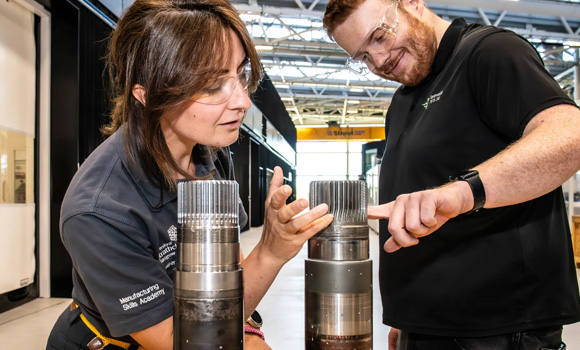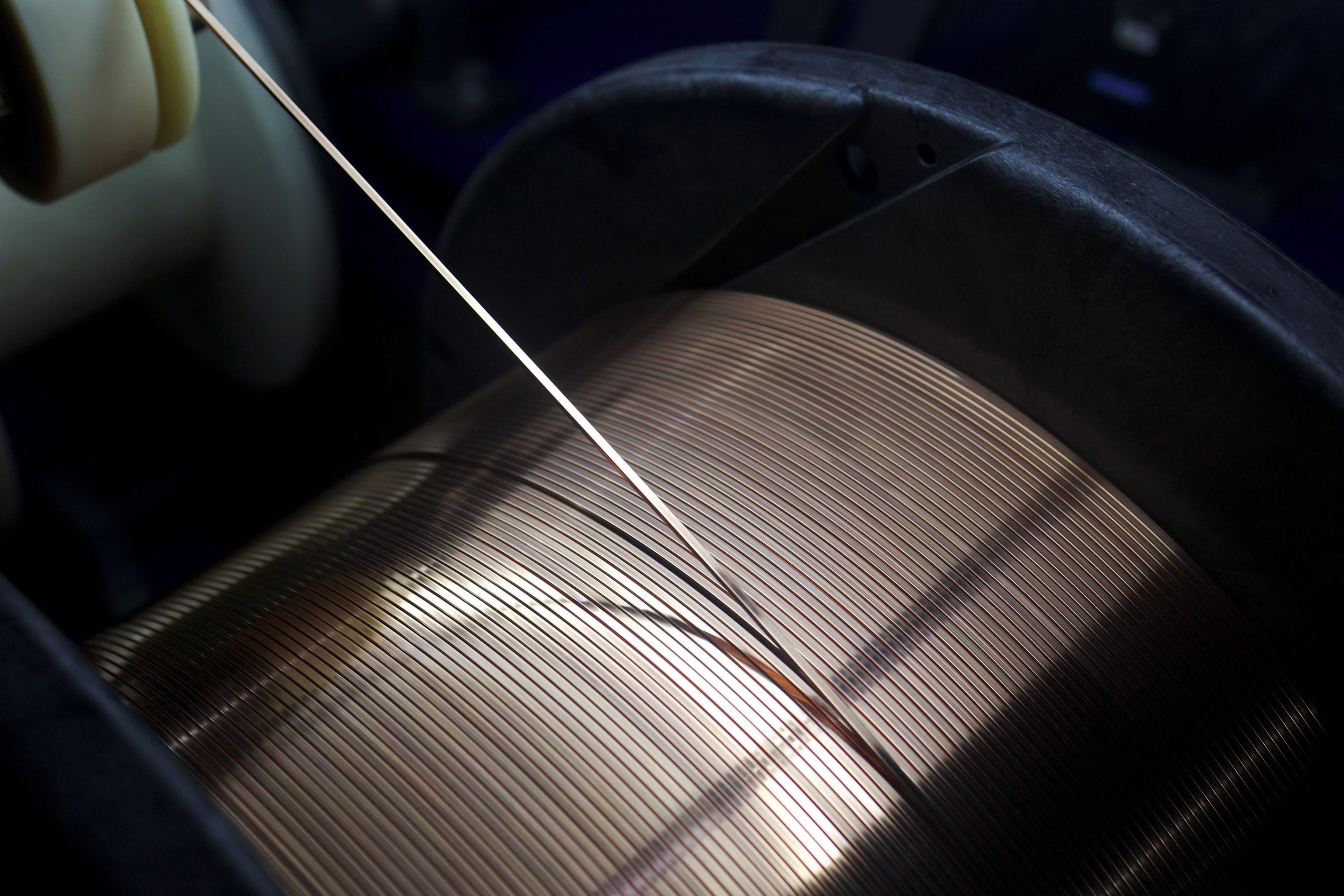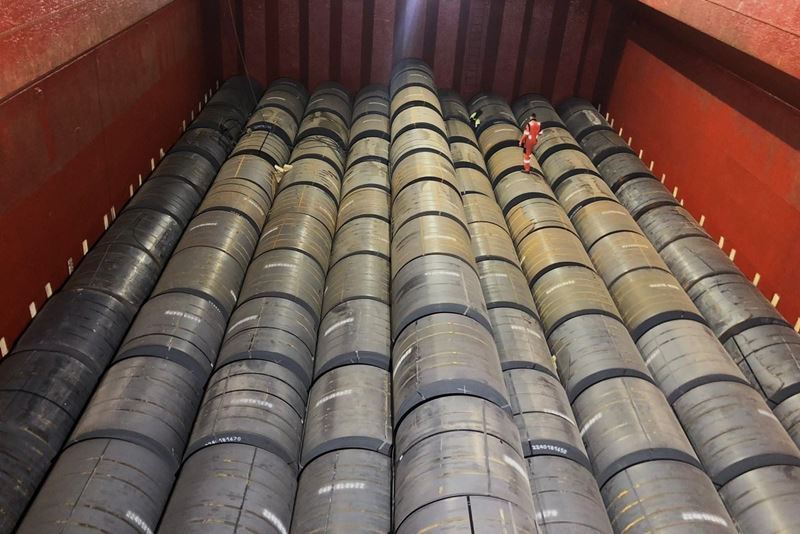
Additive Manufacturing Restores Critical Wind Turbine Components
A UK collaboration shows additive manufacturing can remanufacture critical wind turbine parts. Renewable Parts Limited (RPL), SSE Renewables, and the National Manufacturing Institute Scotland (NMIS) successfully restored damaged pinion shafts from yaw gearboxes. These parts keep turbines aligned for optimal energy capture.
By restoring worn components to original specifications or better, the team aims to drastically reduce waste and carbon emissions. Early trials confirmed remanufactured shafts meet performance standards, saving up to 84 kg of CO2 equivalent per part.
Meanwhile, this technology extends turbine life and reduces costly downtime from failures. With 15.7 GW of UK onshore wind capacity, scaling this process could save thousands of tonnes of steel waste annually.
The Future of Wind Turbine Sustainability with Additive Manufacturing
Additive manufacturing is becoming a game changer in wind energy sustainability. RPL plans further validation and field trials to prove remanufactured parts’ reliability. Meanwhile, the project aims to expand remanufacturing to other critical turbine components.
In addition, the ReMake Glasgow initiative supports circular innovation by promoting repair and remanufacture in manufacturing sectors. Andreas Reimer of NMIS highlights the environmental and economic benefits, including cutting emissions by up to 99% versus new parts production.
Furthermore, local manufacturing reduces dependency on imports, cuts air miles, and creates UK jobs. This aligns with broader industrial goals for a sustainable, circular economy.
SuperMetalPrice Commentary:
Additive manufacturing offers a promising path to sustainability in the wind energy sector. By remanufacturing key components like pinion shafts, companies reduce waste and carbon emissions. This approach supports circular economy principles by recirculating steel and extending product life.
The collaboration between RPL, SSE Renewables, and NMIS demonstrates how innovation can deliver tangible environmental benefits and strengthen local manufacturing ecosystems. As the UK scales wind power, adopting advanced manufacturing techniques will prove essential for long-term sustainability and cost reduction in turbine maintenance.











Leave a Reply
You must be logged in to post a comment.